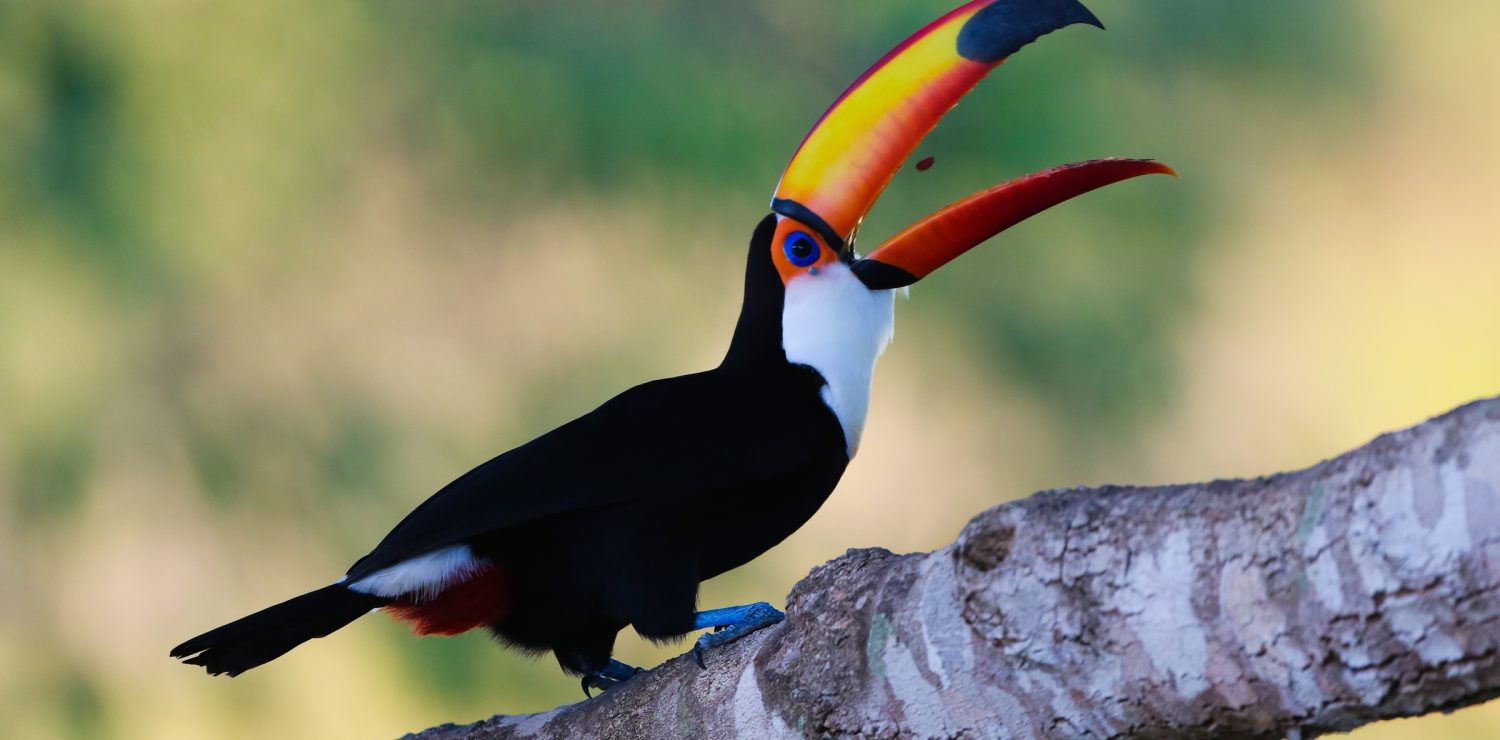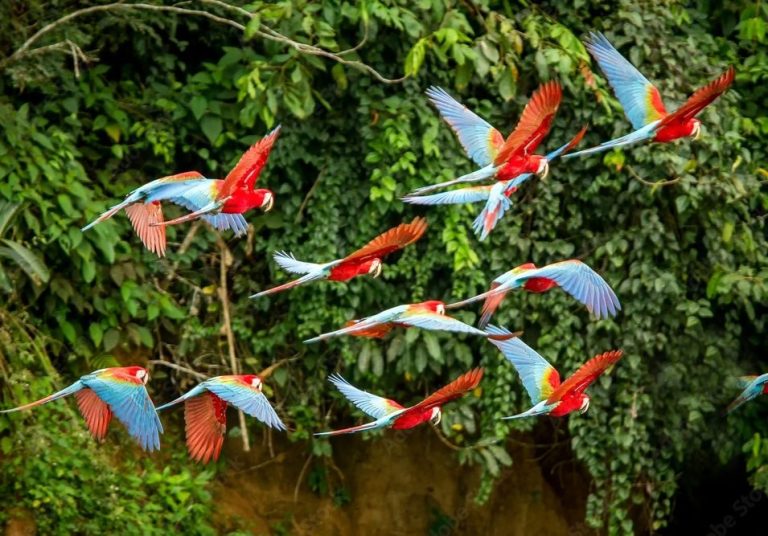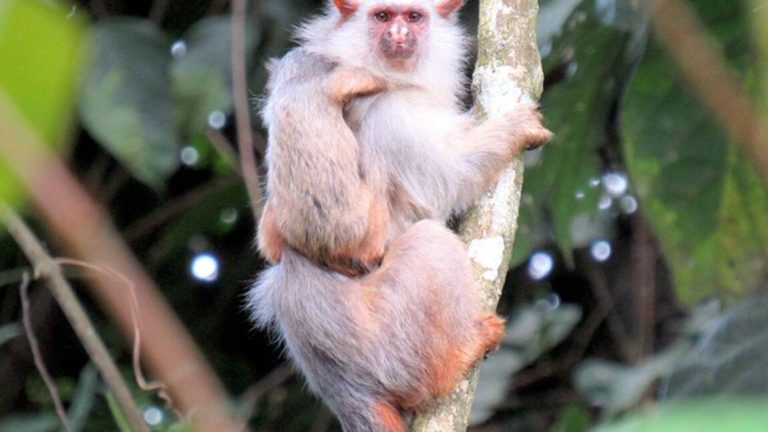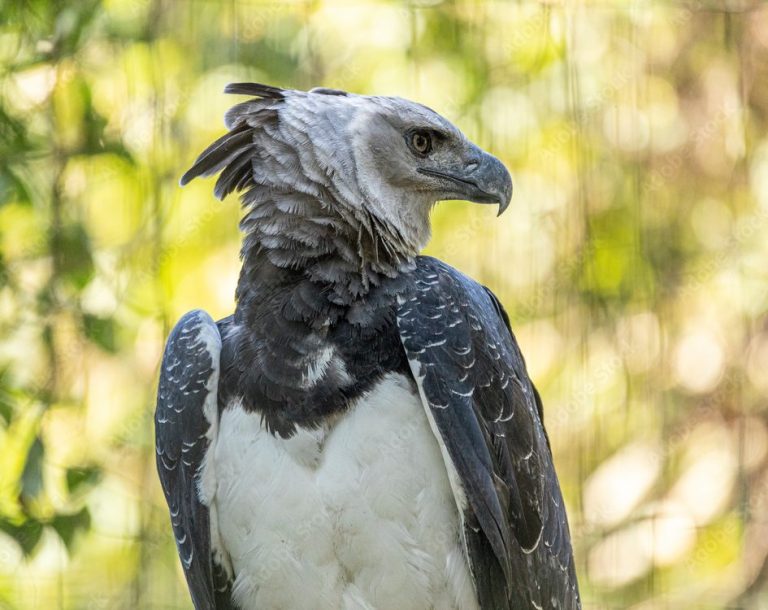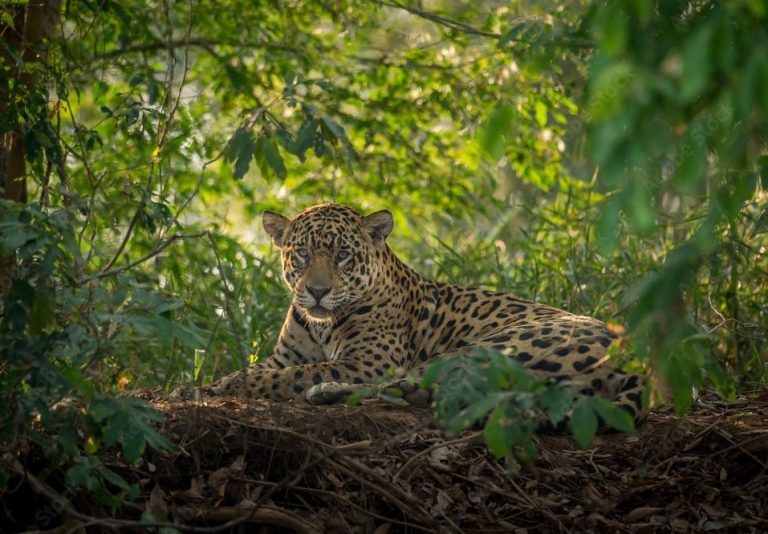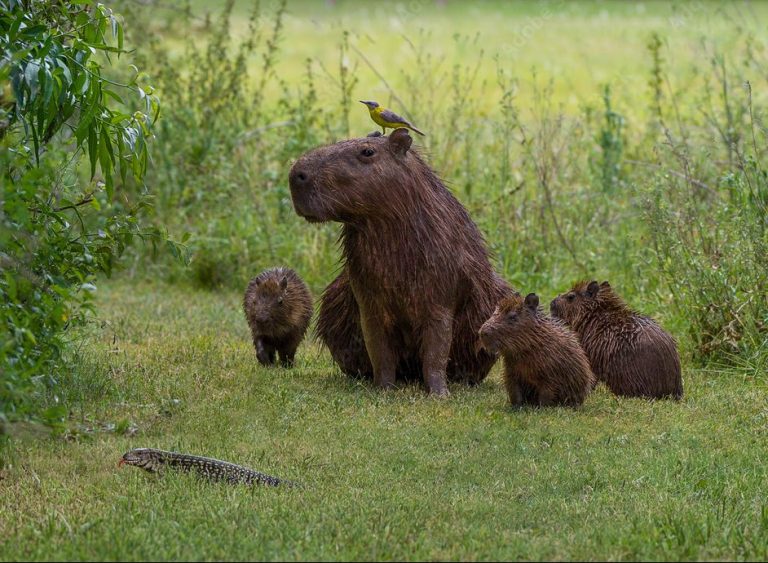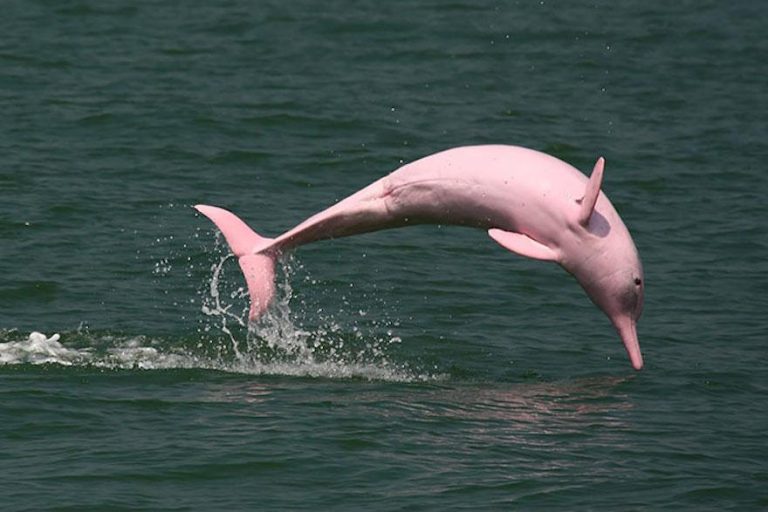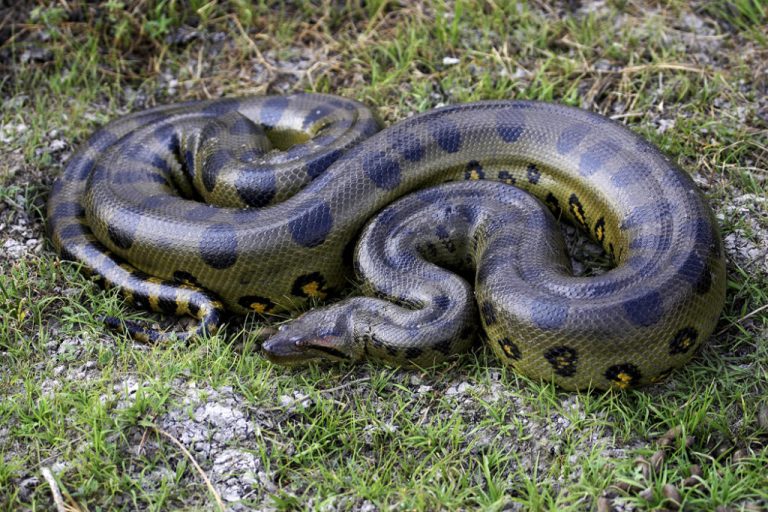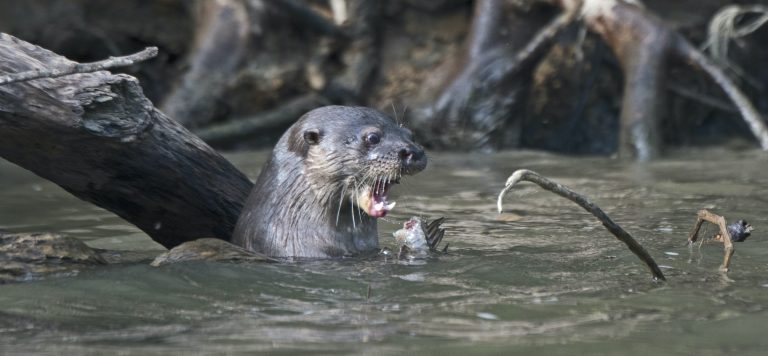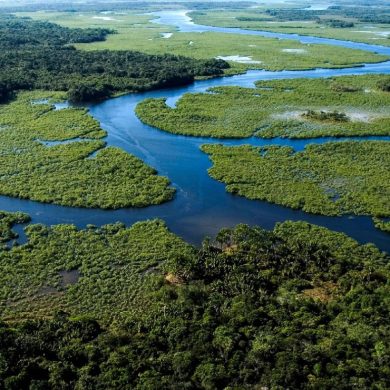Brazil is one of the world’s greatest biodiversity sanctuaries. Known and recognized for its incredible hybrid geography, the country is home to an immense number of animal and plant species. A special mosaic of environments, it boasts five main ecosystems: the Amazon, the Mata Atlantica, the Caatinga, the Cerrado, and the Pantanal plains. More than 15 times the size of France, the climatic environments can be very different depending on the region, and the variety of wildlife is impressive! Whether in mangroves, plains, jungles, or mountains, animals are always part of the scenery.
Brazilian soil is marked by great diversity, but also by a precious singularity. Indeed, the country is home to many endemic animal species, essential to our terrestrial ecosystems. Brazil boasts numerous natural parks and protected areas, all home to captivating animals. Mammals, reptiles, birds, or fish, the species are infinite, some of them quite spectacular. Among them, the legendary anaconda, the pink Amazonian dolphin, the capybara, and the mysterious jaguar. Such a concentration of charismatic specimens in a single country is a priceless treasure. Brazil is an ideal destination for animal watching. From the Amazon basin to the Pantanal swamp, animal life is everywhere. Let’s explore some of the emblematic species of these magnificent lands.
Brazil’s Amazon Rainforest: Home to Many Endemic Wildlife Species
Brazil is a vast, ancestral land of abundant biodiversity. Some animal species have inhabited Brazilian ecosystems for thousands of years. In the famous Amazon rainforest, the wealth of wildlife is impressive. Home to 10% of the world’s biodiversity, the Amazon rainforest is one of Brazil’s richest natural environments. Measuring almost 7 million km² and crossed by the Amazon River, one of the two longest rivers on Earth, the Amazon rainforest is one of the most prolific and diverse areas on the planet in terms of wildlife species. It is an area that is extremely suitable for mammals. Species are created “quickly” and become extinct slowly. Ecologists and biologists are constantly studying this surprising terrain, and new discoveries are made regularly. The Amazon is the nerve center of the world’s biodiversity.
The Brazilian Amazon rainforest is home to over 500 endemic mammals, 150 species of primates (the greatest diversity of this species in the world), 1,700 species of birds, 3,000 species of fish, 370 species of reptiles, and thousands of species of insects. This diversity is all the more astonishing when you consider that there are still thousands of unknown and unclassified species. Here are a few of the most emblematic species:
Schneider’s Marmoset: A Species Endemic to Brazil’s Amazon Rainforest
Previously confused with another primate species, Schneider’s marmoset was discovered in 2021 by a team of Brazilian scientists. It measures around 20 cm in length and can be distinguished by its attractive orange-tinged coat. This species of marmoset is endemic to Brazil. It lives in one of the most endangered areas of the Amazon rainforest, so its protection is crucial to the preservation of biodiversity. The Schneider marmoset joins the 18 marmoset species already present in the Amazon.
The Ferocious Harpy: Brazil’s Largest Eagle
The ferocious harpy is a forest eagle, king of the heights of South America’s tropical forests. In Brazil, they can be seen in Iguazu National Park and the Amazon rainforest. Also known as the “golden falcon,” this eagle is reputed to be the largest in the world. With a wingspan of 2 meters, this incredible animal can weigh up to 9 kilos. A formidable hunter, its long claws enable it to attack large mammals such as monkeys and fallow deer. If it feels in danger, its long black crest can scare off predators. The ferocious harpy is an emblematic species in Brazil, unfortunately on the brink of extinction due to increasing deforestation. Only 50,000 eagles are thought to exist today. It is also endemic to Brazil.
Brazil’s Northern Pantanal: An Exceptional Wildlife Sanctuary
The Northern Pantanal is one of Brazil’s most beautiful ecosystems. An extremely well-preserved wilderness, this region is a natural paradise with an unparalleled diversity of wildlife. Located in the heart of Mato Grosso, in western Brazil, the Northern Pantanal is a fairly remote area, accessible via the Transpantaneira (a mythical 145 km road, mainly made of earth and wooden bridges), the gateway to this animal world. The Northern Pantanal Natural Park is an extraordinary ecological sanctuary. Classified as a UNESCO World Biosphere Reserve since 2000, it is home to many endangered species. The area is divided into two seasons, and its appearance can change completely. To observe the animals, visit between March and May. As the rainy season draws to a close, animal life emerges. The Pantanal is home to several world-famous species.
The Jaguar: South America’s Biggest Cat
The jaguar is often referred to as the king of the jungle. At two meters long when fully grown, the jaguar is an extremely intelligent feline. Even today, it remains largely unknown to scientists, as it is difficult to capture. The jaguar may not be the biggest of felines, but it is the most powerful! It dominates the food chain and doesn’t hesitate to attack the legendary caiman! Its jaw is so formidable it can crush the skulls of its prey. Its incredible black-spotted coat allows it to hide, making it an even more menacing hunter! The jaguar is so secretive that we don’t even know the extent of its territory. Also found in the Amazon, this species is a victim of deforestation. The jaguar’s reduced hunting territory makes its search for food even more complex.
Brazil Selection has designed a unique safari through Mato Grosso where you will have the chance to observe jaguars, among many other exceptional species.
The Capybara: The World’s Largest Rodent
The capybara is a curious mammal, and an imposing one at that! At one meter long and weighing between 30 and 70 kg, it is the world’s largest rodent! Herbivorous, it is a totally harmless species that lives in groups. Both a land and water animal, it has webbed feet that enable it to swim, and is particularly fond of riverbanks. Swamps and ponds are its favorite spots. They are highly social animals, living and moving in groups. It’s not uncommon to see them in families, with their young often clinging to their parents’ paws! Its main predator is the caiman. To protect itself and its family, the capybara alerts the rest of the herd with its dog-like bark.
Other Notable Animals in Brazil The Pink Amazonian Dolphin
The Pink Amazonian Dolphin
The pink Amazonian dolphin, also known as the boto, is one of the most fascinating creatures of the Amazon River. Its unique pink color and friendly nature make it a favorite among locals and tourists alike. These dolphins are known for their intelligence and playful behavior, often seen interacting with humans in the water. They are an important part of the Amazon’s biodiversity and play a crucial role in the ecosystem.
The Anaconda
Anacondas are one of the most iconic snakes in the world, and Brazil is home to the largest species, the green anaconda. These massive reptiles can grow up to 30 feet in length and are primarily found in the Amazon and Pantanal regions. Anacondas are excellent swimmers and spend much of their time in water, hunting a variety of prey, including fish, birds, and mammals. Despite their fearsome reputation, anacondas are not aggressive towards humans and prefer to avoid contact.
The Giant River Otter
The giant river otter is another unique species found in Brazil’s rivers, particularly in the Amazon and Pantanal. These social animals live in family groups and are known for their playful and curious nature. They are the largest otter species in the world, with some individuals reaching up to 6 feet in length. Giant river otters are skilled hunters and play a vital role in maintaining the health of their aquatic habitats
Brazil is an exceptional territory, with a biodiversity that is essential to the conservation of animal species worldwide. Extremely vulnerable to ever-increasing deforestation, these regions are more than ever in need of protection. To be able to observe the animal life of these areas during a holiday is an incredible opportunity, one that leaves lasting memories. By supporting eco-friendly tourism and conservation efforts, visitors can help preserve Brazil’s rich natural heritage for future generations to enjoy.
